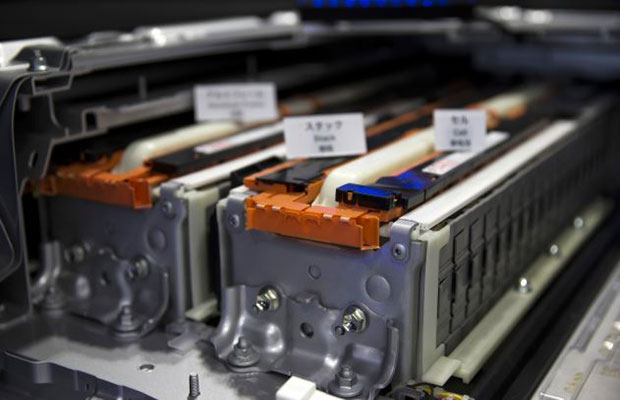

While more and more experts are emphasising over usage of electric vehicles for a sustainable future, there are still several issues standing in the way of its widespread adoption, with researchers working on resolving them.
One of the most significant of these challenges has to do with mass, as even the most current electric vehicle batteries and supercapacitors are incredibly heavy.
A research team from Texas A and M University College of Engineering is approaching the mass problem from a unique angle.
Most of the research aimed at lowering the mass of electric vehicles has focused on increasing the energy density, thus reducing the weight of the battery or supercapacitor itself. However, a team led by Dr. Jodie Lutkenhaus, a professor in the Artie McFerrin Department of Chemical Engineering, believes that lighter electric vehicles and aircraft can be achieved by storing energy within the structural body panels.
This approach presents its own set of technical challenges, as it requires the development of batteries and supercapacitors with the same sort of mechanical properties as the structural body panels. Specifically, batteries and supercapacitor electrodes are often formed with brittle materials and are not mechanically strong.
In an article published in – Matter — the research team described the process of creating new supercapacitor electrodes that have drastically improved mechanical properties. In this work, the research team was able to create very strong and stiff electrodes based on dopamine functionalised graphene and Kevlar nanofibers.
Dopamine, which is also a neurotransmitter, is a highly adhesive molecule that mimics the proteins that allow mussels to stick to virtually any surface. The use of dopamine and calcium ions leads to a significant improvement in mechanical performance.
In fact, in the article, researchers report supercapacitor electrodes with the highest, to date, multifunctional efficiency (a metric that evaluates a multifunctional material based on both mechanical and electrochemical performance) for graphene-based electrodes.
This research leads to an entirely new family of structural electrodes, which opens the door to the development of lighter electric vehicles and aircraft. While this work mostly focused on supercapacitors, Lutkenhaus hopes to translate the research into creating sturdy, stiff batteries.
Source: Saurenergy.com
1. The mandate for blending Compressed Biogas (CBG) with natural gas has come into effect…
Andhra Pradesh is striving towards greening its energy sector with quite some speed. In a…
With an objective to bolster India’s green energy goals, a Tripartite Agreement has been signed…
The Union MNRE Minister Pralhad Joshi launched the Green Hydrogen Certification Scheme of India (GHCI)…
India’s energy conglomerate Bharat Petroleum Corporation Limited (BPCL) has commissioned a 5MW green hydrogen plant…
In a historical development, the European Space Agency (ESA) has successfully launched its pioneering ‘Biomass’…